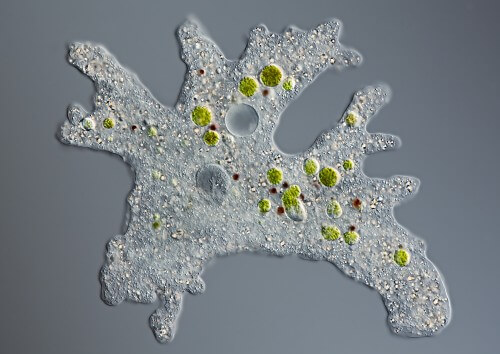It is possible that bacteria will unfold the stories of corpses

One of the most important tasks assigned to forensic investigators investigating death is determining the time of death. Up to 48 years after death, researchers can use medical methods such as the hardness of the body or its temperature. If more time has passed, they are forced to examine beetles and flies that inhabit the corpses, and based on the age of the insects and their natural reproduction rate to estimate the time of death. But after a month or so there is nothing left to eat, and the insects abandon the "ship", leaving the researchers with no means of determining the age of the corpse.
Ildiko Saltz, a forensic biologist from the University of Neuschwanstein in Switzerland, tested whether microscopic organisms living in the soil could help date corpses more than a month old. She hypothesized that the presence of her body around the organisms would affect their ability to thrive. She and her colleagues therefore placed three pig carcasses on the ground and measured their effect on the population density of testate amoebae in the soil beneath the carcasses. These amoebae are single-celled creatures with a certain type of shell that can appear in various forms. It turns out that the 23 species that the researchers tested are disgusted by corpses; Not a single live amoeba was found under the pig carcasses on day 22 and day 33 of the experiment. "I was expecting a response, but not that everyone would die after a period of time," Saltz says. The results of the study were published in the journal Forensic Science International.
Only on the 64th day did the amoebae in the soil under the carcasses begin to recover. But even after almost a year, their populations did not return to their normal size, compared to the control groups. The depletion and recovery of these organisms therefore provides a way to estimate the age of corpses that have been lying outside for a long time. We still need to check how long exactly the method is effective: a five-year study in 13 pig carcasses has already started.
The article was published with the permission of Scientific American Israel
